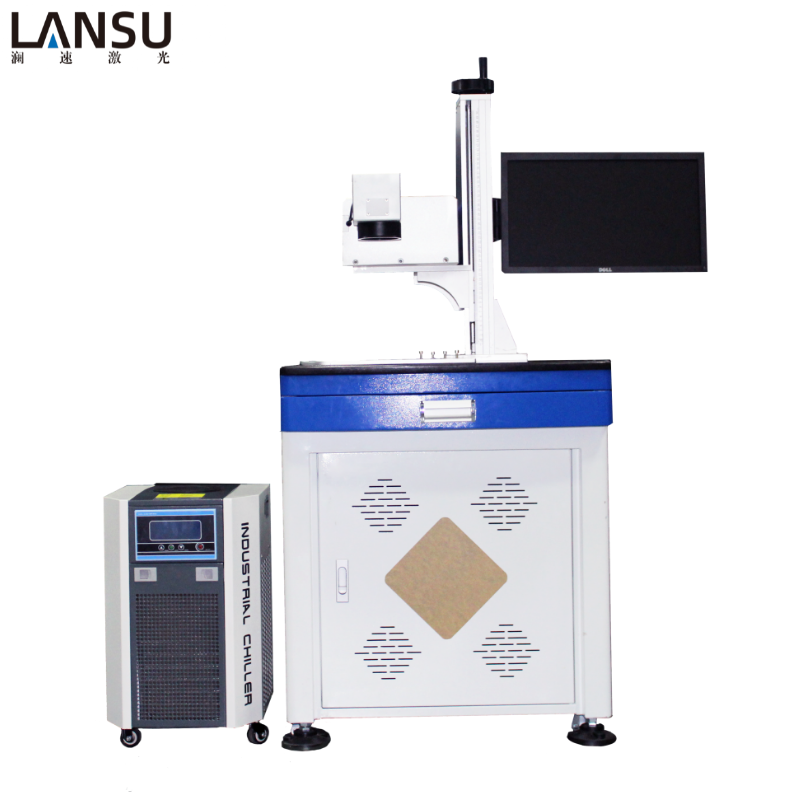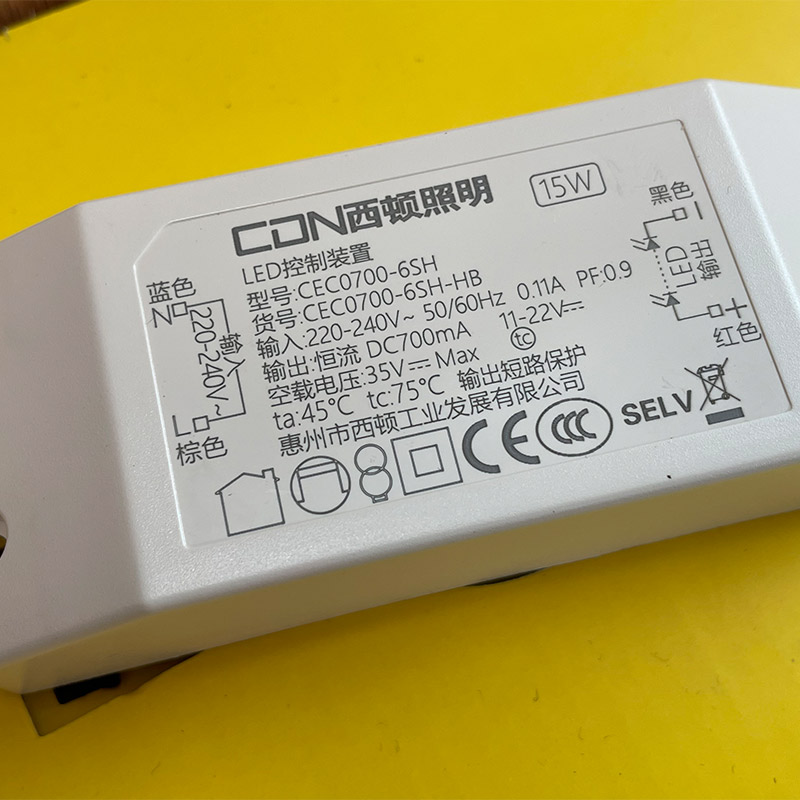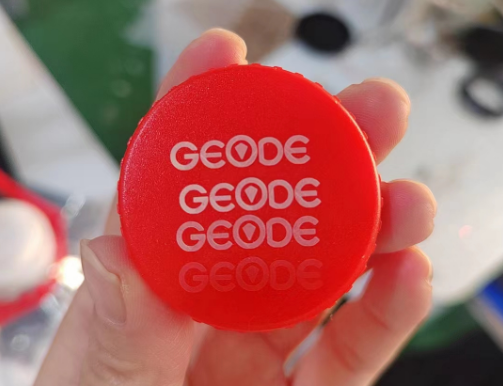UV laser marking machines, with their precise engraving capabilities, are gradually replacing traditional engraving methods, especially in applications involving plastic materials. In industries such as electronics, consumer products, and medical devices, UV lasers are becoming the preferred choice for high-precision, micron-level engraving of plastic labels, QR codes, and logos. With continuous technological advancements, these are becoming the standard equipment for plastic processing industries worldwide, particularly in markets like Europe, the U.S., and Asia, where more and more companies are adopting UV laser technology to improve production efficiency and product quality.

1. Technology Principles of UV Laser Marking Machines
UV laser marking machines use shorter wavelengths of UV laser (typically 355nm) compared to traditional CO2 or fiber lasers. The high energy and short wavelength properties of UV lasers make them particularly advantageous for processing plastic materials.
Laser Principles:
- UV laser machines focus the laser beam onto the plastic surface, instantly evaporating or ablating the material to leave a high-precision mark.
- The short wavelength of UV laser allows for a very small focus point, enabling highly detailed marking with micron-level precision, even on intricate patterns, text, or images.
Material Interaction:
- UV laser has minimal thermal impact on plastic, ensuring that there is no heat distortion or discoloration during the marking process, making it ideal for heat-sensitive plastic materials.
Due to its extreme precision, UV lasers can engrave complex details in very small spaces without damaging the surface of the plastic.

2. Application Cases of UV Laser Marking Machines on Plastic Materials
UV laser machineare already widely used across various industries, and here are some typical application cases:
Consumer Electronics:
- For products like smartphones, tablets, and headphones, plastic housings often require brand logos, QR codes, or serial numbers to be marked. UV laser marking machines can precisely engrave this information onto the plastic surface without affecting the appearance or feel of the material.
- Case Study: A well-known smartphone brand uses UV laser marking machines to engrave serial numbers on its plastic phone cases, achieving high precision in very small spaces while ensuring no thermal damage.
Medical Devices:
- Plastic components in medical devices require highly detailed markings, including product information, expiration dates, and batch numbers. UV laser marking machines ensure high-precision engraving without overheating or damaging the parts.
- Case Study: A medical device company uses UV laser marking machines to engrave medical syringes, ensuring that the marks are clear, durable, and do not cause heat damage to the plastic material.
Automotive Industry:
- On automotive plastic parts (such as dashboards and headlamp housings), UV laser marking machines provide precise marks that remain legible even after prolonged use.
Case Study: An automotive manufacturer uses UV laser marking machines to engrave brand logos on plastic dashboards, ensuring long-lasting marks that resist wear.

3. Comparison with Traditional Engraving Methods
Traditional engraving methods include manual engraving, mechanical engraving, and laser engraving (such as CO2 and fiber lasers). Compared to these methods, UV laser marking machines offer distinct advantages in precision, efficiency, and material compatibility:
Precision:
- Traditional mechanical engraving and CO2 laser engraving typically do not achieve the level of detail that UV lasers can provide. The short wavelength of UV lasers allows for smaller focus points, enabling more intricate designs with finer details.
- For example, small letters or patterns are clearly visible with UV laser engraving, whereas traditional methods may fail to reach this level of precision.
Thermal Impact:
- Traditional laser engraving (such as CO2 lasers) often generates more heat, causing plastic materials to burn, warp, or discolor, especially when working with thin or transparent plastics. UV laser marking machines, however, minimize thermal impact with ultra-short pulse durations and small heat-affected areas.
- For example, when marking on transparent plastic bottles, traditional lasers may cause discoloration, while UV lasers produce no heat-related damage.
Efficiency:
- UV laser marking machines offer faster engraving speeds, can operate continuously, and do not require frequent tool or mold changes. Traditional mechanical engraving is typically slower and requires more manual intervention, affecting production efficiency.
Material Compatibility:
- Traditional engraving methods often have strict material requirements, whereas UV laser marking machines can process a wide range of plastic materials, including heat-sensitive polymers, offering greater material adaptability.
4. Conclusion and Outlook
UV laser marking machines are becoming the preferred choice for precision engraving and high-end marking on plastic materials, thanks to their high accuracy, low thermal impact, and fast processing speeds. Whether in consumer electronics, medical devices, or automotive parts, UV laser marking machines offer tremendous potential in various industries. As technology continues to advance, the applications and capabilities of UV laser marking machines will expand, revolutionizing many sectors.





